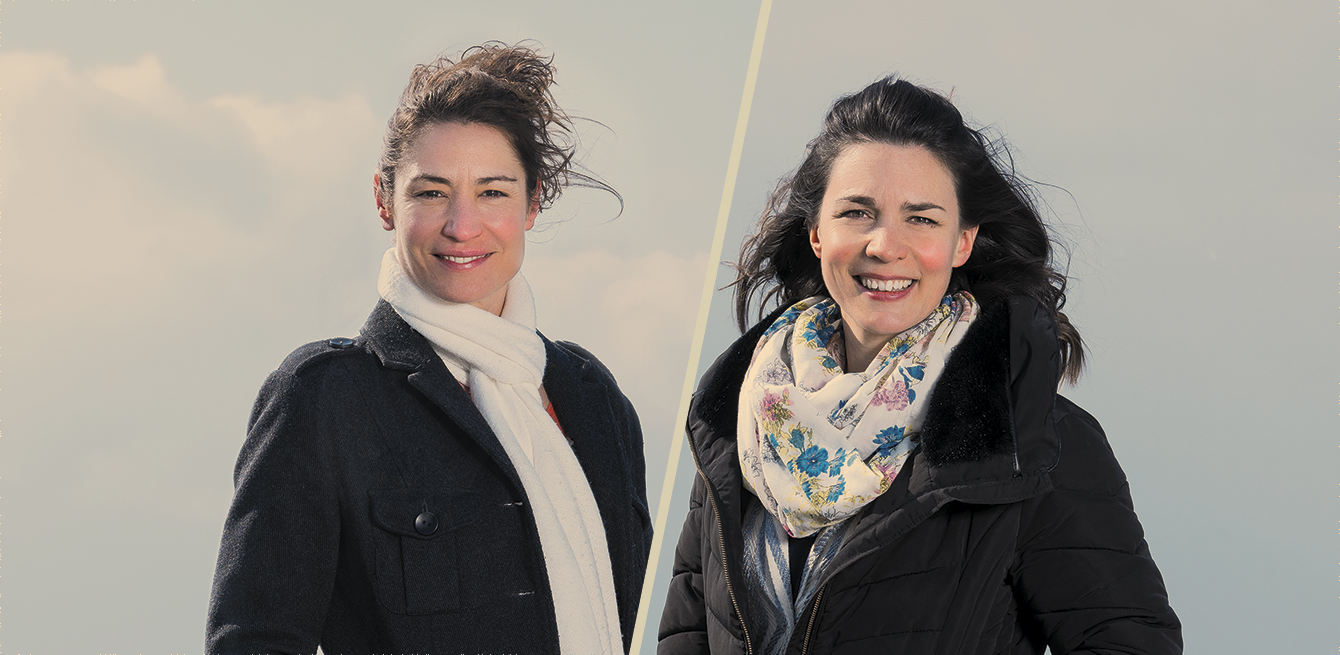
During critical situations in the intensive care unit, nurse Marie-Claude Boulet (right) works closely with physician Estelle Bezençon (left).
In an emergency situation, every action counts. Emergency medicine nurse Marie-Claude Boulet and anaesthesiologist and adult intensive care physician Estelle Bezençon are well aware of this fact. When their schedules align, placing them on the same shift in their respective services, they collaborate during the resuscitation stage, i.e. the process of taking in patients with life-threatening emergencies.
In fact, both medical professionals took the same interprofessional continuing education class, called “Advanced Life Support”, offered by the emergency service. The training programme even won the 2017 “Interprofessionality” award from the Swiss Academy of Medical Sciences. This class uses realistic situations, similar to the type of training pilots undergo in flight simulations, to reproduce the environment in an intensive care room.
“We have to develop an understanding of each other and know the role and specific assignments of each person in order to know how to use our respective skills efficiently,” says Marie-Claude Boulet.
“We have to have excellent communication to determine the priority concerns in the patient’s care and make sure this approach is understood and followed by the entire team.”
In this regard, her role consists of being an effective follower. This means she must follow the normal course of treatment, anticipate the priorities in the patient’s care and administer them efficiently, and communicate clearly so the team and head physician – in this case Estelle Bezençon – can stay up to date with the situation and know how the patient’s health is changing. When the opportunity arises and within the scope of her skill set, the nurse can also make suggestions: “I pass along the useful information. Practically speaking, I’m in charge of getting the patient settled in and monitoring and tracking their status based on the priorities in their care.” She anticipates, prepares and administers emergency medicines as prescribed, assists with a wide range of technical medical acts and carries out certain technical tasks. And to make sure the transition to other healthcare providers is seamless, Marie-Claude Boulet also coaches her fellow nurses and auxiliary nurses.
As for Estelle Bezençon, the physician’s work in the resuscitation room involves both surgical and medical pathologies.
“No matter the situation, we must work closely with a team of doctors and nurses”, she says.
“Each person says what he or she will do, then, once an order is given, it must be acknowledged and confirmed as being understood, so the leader can move on to the next step. Our collaboration is of course aimed at ensuring the patient’s well-being and providing care as fast as possible. This is the goal of the resuscitation step – prioritise cases and move quickly, because people’s lives are at stake.”